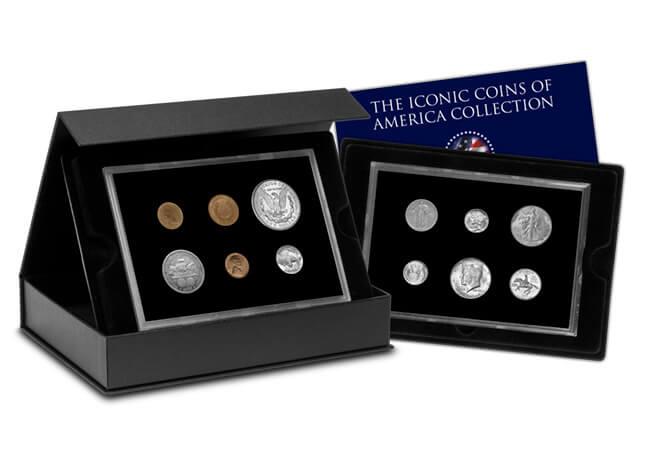Posts by Alex
Unboxing 12 of the most iconic American coins
We have researched and picked out twelve of the most fascinating coins issued in the US over the past 150 years and put them together into this incredibly sought-after set, which Adam unboxes in our latest video!
If you’re interested
Click here to own twelve of the most historic American coins in a ready-made collection >>

The NEVER-SEEN-BEFORE coins of Canada’s numismatic past…
For decades they’ve been the coins that Canadian public never knew about – a hidden secret in Canada’s numismatic past.
But, now they’ve resurfaced and finally made it onto coins as they were originally destined to do.
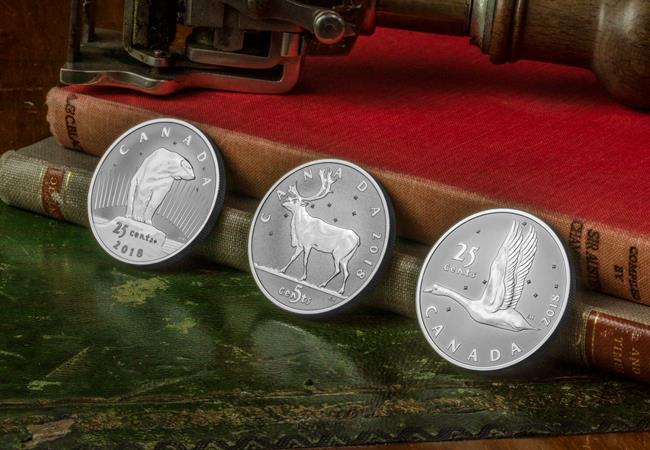
A currency overhaul…
In January 1936, the death of King George V meant that all of Canada’s coins needed new obverse designs; this was the perfect opportunity to update the reverse of all but the dollar coin, too.
A committee was formed and 12 Canadian artists were invited to submit sketches for new circulation coins. The artists were given broad artistic freedom, although suggested themes included Canadian flora and fauna, or scenes highlighting agriculture and industry.
Initial submissions were all rejected, including designs submitted by the designer Emanuel Hahn. It seems his images were dismissed because they did not dispel the view of Canada as a northern wilderness.
Hahn’s three coins never made it onto circulation coinage, but are now considered some of the most beautiful designs in Canada’s history:
25-Cent Polar Bear
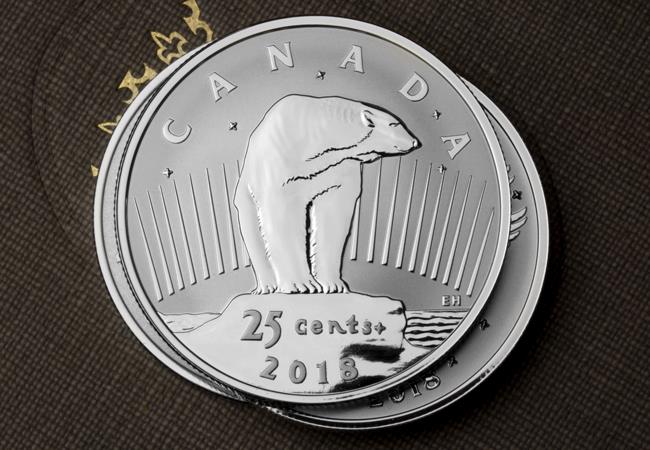
The first 25-cent coin design features a polar bear standing on an ice floe, its head turned toward the right side of the coin, while the open sea is visible behind the mound. A stylistic representation of the Aurora Borealis hangs over the low horizon and stretches across the northern sky, only yielding to the Big Dipper asterism that is a common element on all three coins.
25-Cent Goose
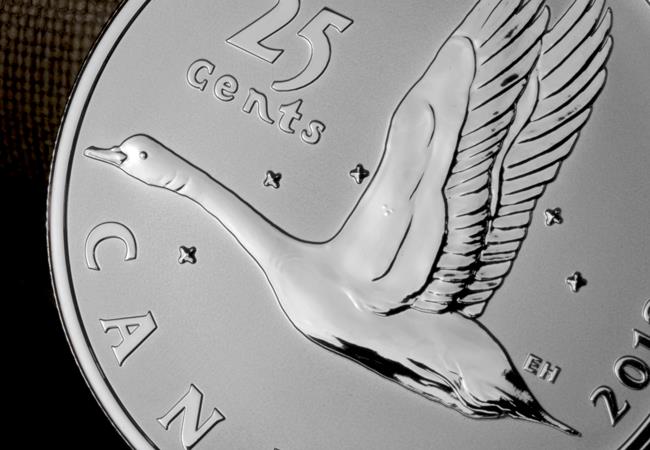
The diamond-like stars are more prominent in the second 25-cent coin design, which centres on a goose in flight. The side-profile view allows for the inclusion of several details, including the flight feathers along the outstretched wings.
5-Cent Caribou
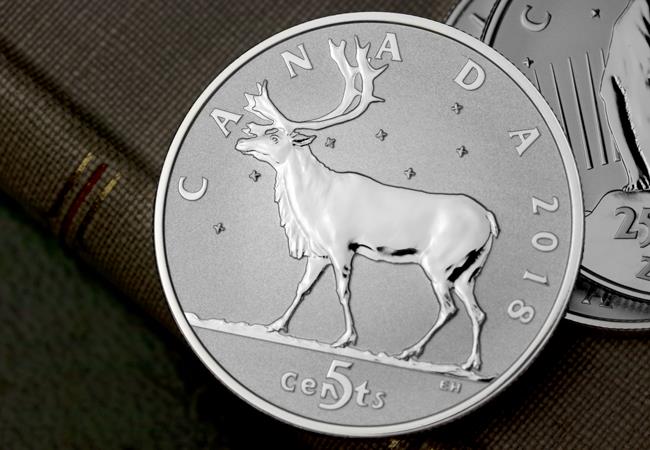
The five-cent coin’s reverse has a remarkable tie to the present: it is Hahn’s original caribou design, the precursor to the one now synonymous with Canada’s 25-cent circulation coin. Viewed in side profile, the ungulate moves beneath the night sky, where the Big Dipper is clearly visible.
The NEVER-SEEN-BEFORE coins, now reimagined…

None of the coins made it into circulation, but they have now been brought to coins for the FIRST TIME by the Royal Canadian Mint as part of a special limited edition Silver Proof set.
The fact that none of these coin designs ever entered circulation makes this set a very unique and special piece of numismatic history – so it’s no surprise that these fascinating coins SOLD OUT at the Mint in a flash.
If you’re interested…
We still have a limited number of these special sets available for UK collectors. But considering how quickly they sold out at the Mint, we don’t expect this stock to be available for long… Click here to add it to your collection now >>

Why centuries of tradition have just been broken…
It’s an Easter tradition that dates back centuries and produces some of the most coveted coins of the year.
Since 1662, during the reign of Charles II, each year on the Thursday before Good Friday the monarch has gifted members of the public a money allowance, known as Maundy money, as part of a special ceremony.
But this year, over 350 years of tradition have been broken…
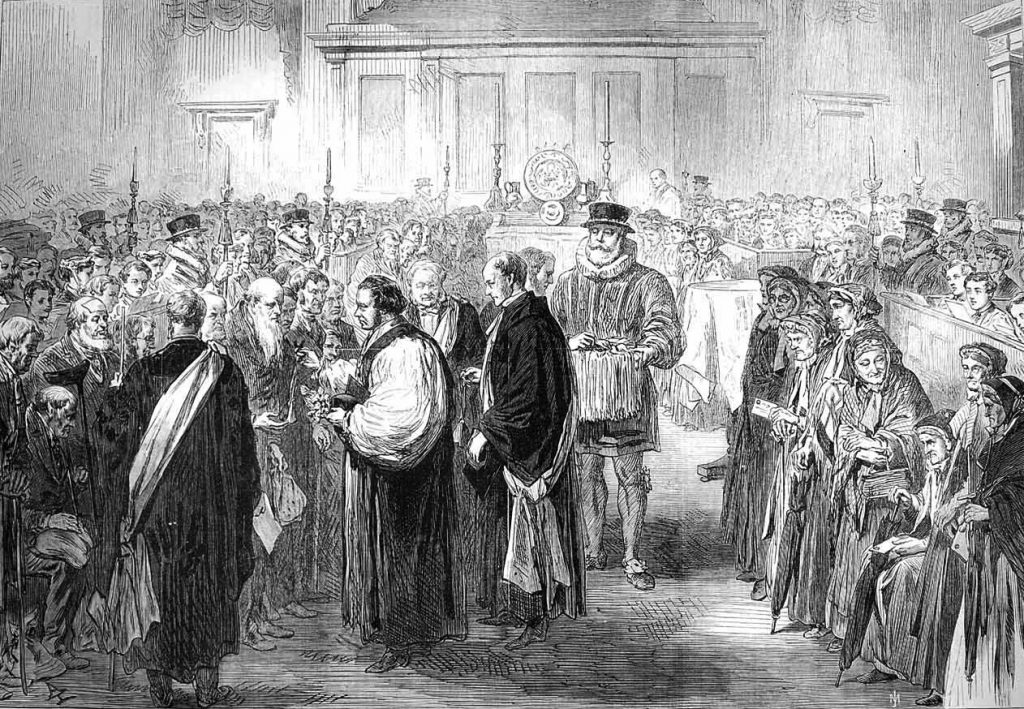
That’s because with the Queen in isolation at Windsor Castle, the ceremonial red and white leather purses containing today’s consignments of Royal Maundy money have had to be delivered remotely.
Instead of handing them out personally, as tradition has dictated for centuries, the Queen had been forced to send them by Royal Mail.
It’s a reminder of the huge and unprecedented sacrifices our nation is having to make during this extraordinary time – even during the Second World War King George VI or the Archbishop of Canterbury still held the ceremony.
It’s a truly unique moment for this traditional Easter ceremony and cancelling this historic tradition is a step that Her Majesty will not have taken lightly. But we can be grateful that the Royal Mail are able to deliver Maundy Money to this year’s 188 recipients in order to keep a part of the tradition going despite this unusual time.
If you’re interested
Click here to read our full blog on the history of the Maundy Money ceremony…

